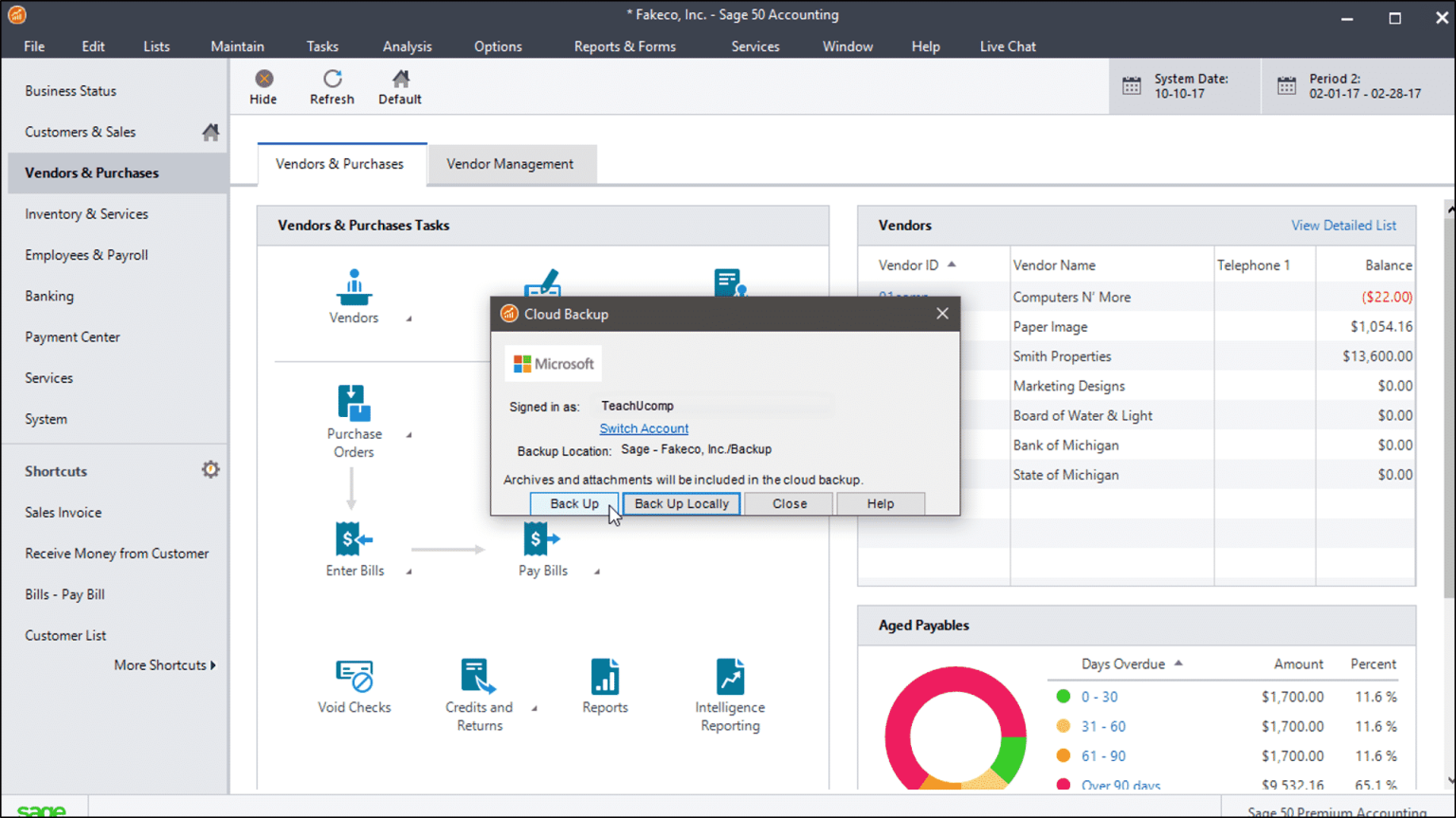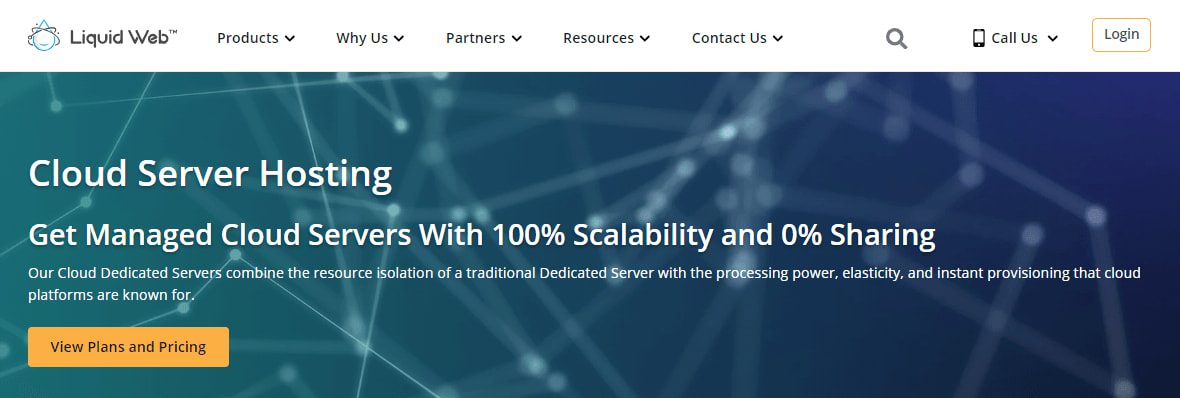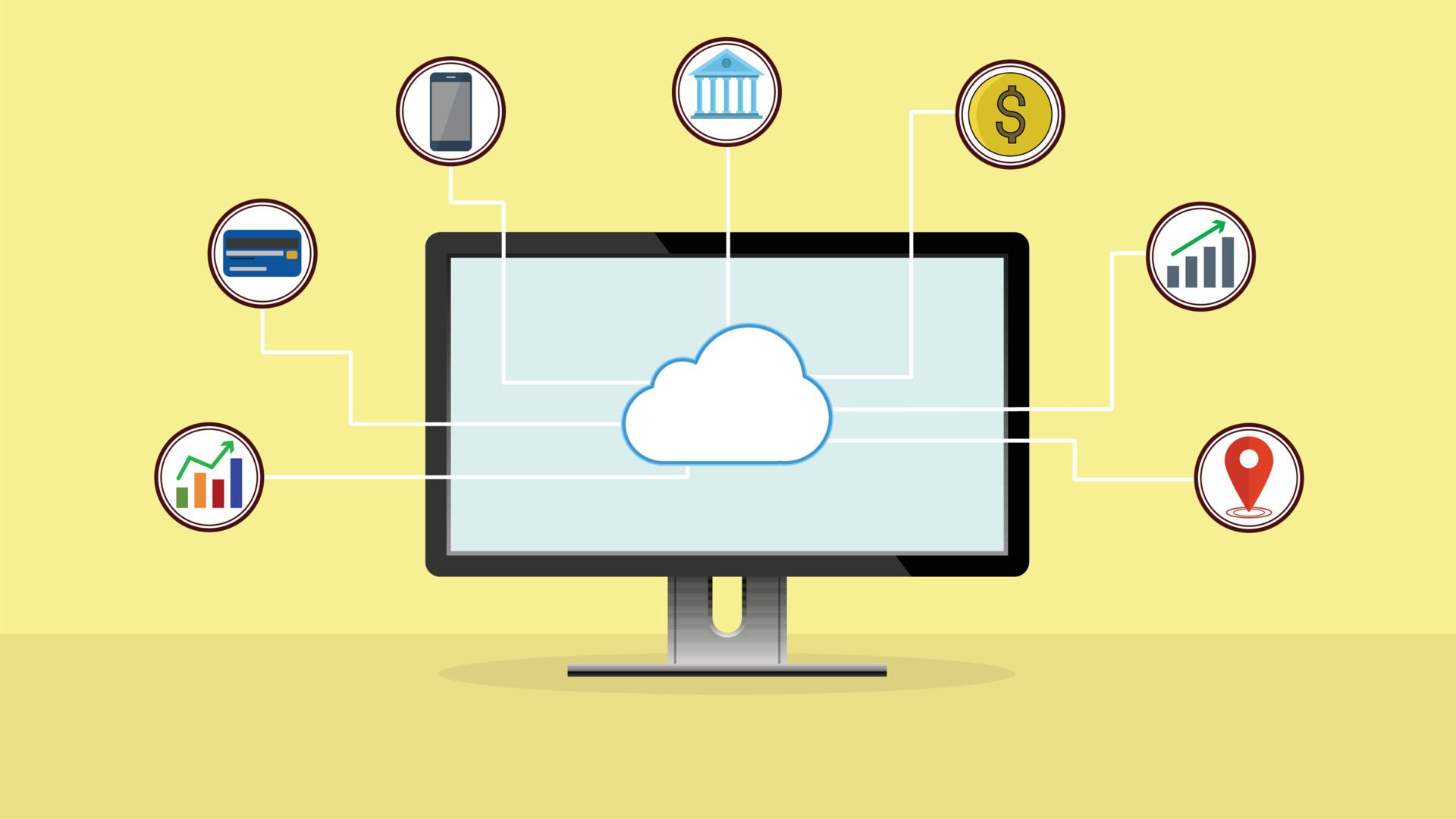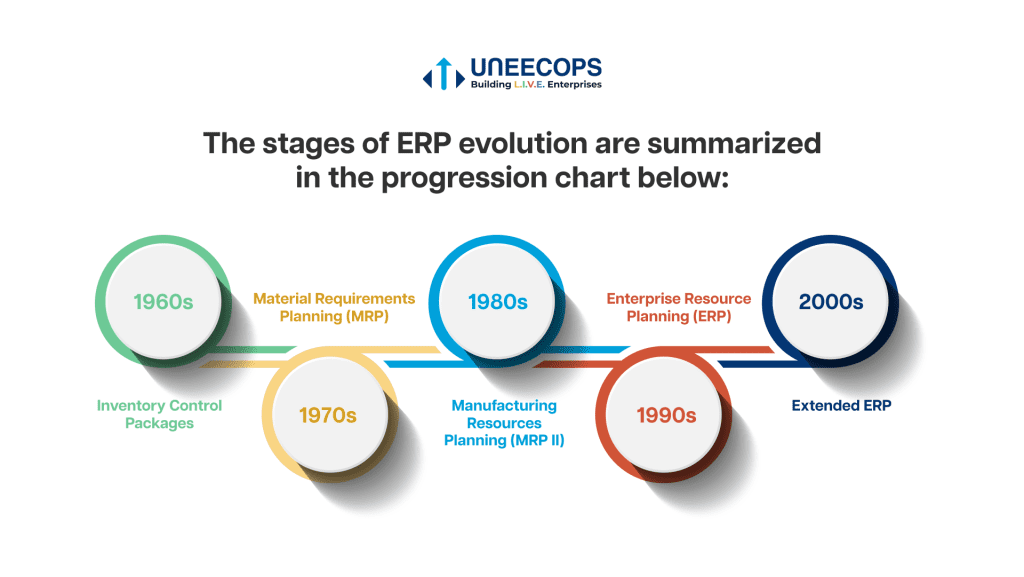Cspm Cloud Security
Hey there, tech savvy folks! Have you heard about CSPMs yet? In the rapidly evolving world of cloud security, CSPM (Cloud Security Posture Management) solutions are becoming increasingly essential. Understanding CSPM and how it enhances cloud security is crucial for businesses looking to protect their data and infrastructure in the cloud. Let’s dive into the world of CSPM and explore how these solutions can help bolster your cloud security defenses.
Importance of CSPM in Cloud Security
Cloud Security Posture Management (CSPM) plays a crucial role in ensuring the security and integrity of data stored in the cloud. With the increasing adoption of cloud services by businesses of all sizes, the need for robust security measures to protect sensitive information has never been more critical. CSPM solutions are designed to help organizations identify and address security risks in their cloud infrastructure, ensuring that their data remains secure from potential threats and vulnerabilities.
One of the key reasons why CSPM is essential for cloud security is its ability to provide real-time visibility into the security posture of an organization’s cloud environment. By continuously monitoring the configuration settings and security controls in place, CSPM solutions can quickly detect and alert users to any misconfigurations or vulnerabilities that could put their data at risk. This proactive approach to security helps organizations stay one step ahead of potential threats, reducing the likelihood of data breaches and other security incidents.
Furthermore, CSPM solutions enable organizations to enforce security best practices and compliance standards across their cloud infrastructure. By automatically assessing the security posture of cloud resources and comparing them against industry benchmarks and regulatory frameworks, CSPM solutions help organizations identify areas where improvements can be made to enhance security and meet compliance requirements. This proactive approach to security not only helps organizations protect their data but also demonstrates their commitment to maintaining a strong security posture to regulators and customers.
In addition to providing real-time visibility and enforcing security best practices, CSPM solutions also help organizations streamline their security operations and improve overall efficiency. By consolidating security monitoring, compliance management, and remediation efforts into a single platform, CSPM solutions enable organizations to centralize their security management processes, reduce the complexity of managing multiple security tools, and improve their ability to respond quickly to security incidents. This centralized approach to security not only saves organizations time and resources but also enhances their overall security posture and resilience to cyber threats.
Overall, the importance of CSPM in cloud security cannot be overstated. With its ability to provide real-time visibility, enforce security best practices, and streamline security operations, CSPM solutions play a critical role in helping organizations protect their data and maintain a strong security posture in the cloud. As businesses continue to embrace cloud services for their storage and computing needs, investing in a robust CSPM solution is essential to safeguarding sensitive information and ensuring regulatory compliance in today’s complex and evolving threat landscape.
Key Features of CSPM Solutions
Cloud Security Posture Management (CSPM) solutions offer a wide range of features to help organizations secure their cloud environments. These features are designed to provide visibility, compliance, and overall security for cloud infrastructure. Some key features of CSPM solutions include:
1. Continuous monitoring: CSPM solutions continuously monitor cloud environments for potential security risks and misconfigurations. This allows organizations to identify and address issues in real-time, instead of waiting for a periodic security audit.
2. Automated remediation: One of the standout features of CSPM solutions is their ability to automate the remediation of security issues. When a misconfiguration or vulnerability is detected, the CSPM solution can automatically apply the necessary fixes to mitigate the risk. This not only saves time and resources for organizations but also ensures that security issues are addressed promptly.
3. Compliance management: CSPM solutions help organizations maintain compliance with industry regulations and best practices. They provide insights into compliance gaps and offer recommendations for aligning cloud environments with relevant standards. This is crucial for organizations operating in regulated industries such as healthcare or finance.
4. Risk assessment: CSPM solutions conduct regular risk assessments of cloud environments to identify potential threats and vulnerabilities. Based on this assessment, organizations can prioritize security measures and allocate resources effectively to address the most critical risks.
5. Configuration management: CSPM solutions help organizations manage and enforce security configurations across their cloud infrastructure. They provide centralized visibility into configuration settings, allowing administrators to ensure that security policies are consistently applied and enforced.
6. Threat intelligence integration: Many CSPM solutions integrate with threat intelligence feeds to provide organizations with real-time information on emerging threats and vulnerabilities. This helps organizations stay ahead of evolving security risks and proactively protect their cloud environments.
7. Reporting and analytics: CSPM solutions offer robust reporting and analytics capabilities, allowing organizations to track security performance, monitor compliance status, and identify trends in security incidents. This data-driven approach helps organizations make informed decisions to enhance their overall security posture.
8. Integration with cloud platforms: CSPM solutions seamlessly integrate with popular cloud platforms such as AWS, Azure, and Google Cloud, providing organizations with comprehensive security coverage across their multi-cloud environments. This integration ensures that organizations can leverage CSPM features without disrupting their existing cloud workflows.
In conclusion, CSPM solutions offer a comprehensive set of features to help organizations secure their cloud environments effectively. From continuous monitoring and automated remediation to compliance management and threat intelligence integration, CSPM solutions play a vital role in enhancing cloud security and minimizing risks for organizations operating in the cloud.
Benefits of Implementing CSPM in Your Cloud Environment
Implementing Cloud Security Posture Management (CSPM) in your cloud environment can provide numerous benefits for your organization. CSPM solutions are designed to help you proactively identify and remediate security issues in your cloud infrastructure, ensuring that your data and applications are protected from potential threats. Let’s explore some of the key benefits of implementing CSPM in your cloud environment:
1. Increased Security: One of the primary benefits of implementing CSPM is the increased security it provides for your cloud environment. CSPM tools continuously monitor your cloud infrastructure for security vulnerabilities, misconfigurations, and compliance violations. By quickly identifying potential risks, CSPM helps you take proactive measures to address security issues before they can be exploited by attackers. This proactive approach to security can help prevent data breaches and other security incidents.
2. Improved Compliance: Compliance with industry regulations and standards is a critical concern for organizations operating in the cloud. CSPM solutions can help you ensure that your cloud environment meets the requirements of various regulations, such as GDPR, HIPAA, and PCI DSS. By continuously scanning your cloud infrastructure for compliance violations, CSPM can help you maintain a compliant environment and avoid costly fines and penalties.
3. Cost Savings: Implementing CSPM in your cloud environment can also lead to cost savings for your organization. By identifying and resolving security issues promptly, CSPM helps prevent security incidents that can result in financial losses due to data breaches, downtime, and damage to your organization’s reputation. Additionally, CSPM can help you optimize your cloud resources by identifying unused or underutilized assets, helping you reduce unnecessary costs and improve overall cost efficiency.
Furthermore, CSPM solutions offer automated remediation capabilities, allowing you to quickly address security issues without the need for manual intervention. This can help save time and resources for your IT team, enabling them to focus on more strategic initiatives that drive business growth.
Overall, implementing CSPM in your cloud environment can help enhance the security, compliance, and cost efficiency of your organization’s cloud infrastructure. By leveraging CSPM tools to proactively monitor and secure your cloud environment, you can mitigate risks, streamline compliance efforts, and optimize cost savings, ultimately contributing to the overall success of your organization.
Common Challenges in CSPM Adoption
As organizations increasingly move their workloads to the cloud, the need for effective Cloud Security Posture Management (CSPM) solutions becomes more critical. However, there are several common challenges that organizations face when adopting CSPM tools.
One of the main challenges in CSPM adoption is the complexity of multi-cloud environments. Many organizations use multiple cloud service providers to meet various business needs, leading to a fragmented security landscape. CSPM tools need to be able to work across different cloud platforms and provide a comprehensive view of the organization’s security posture. This can be a daunting task for organizations, as they need to ensure that the CSPM tool is compatible with all the cloud services they use.
Another challenge in CSPM adoption is the lack of internal expertise. Implementing and managing CSPM tools require a certain level of expertise in cloud security and compliance. Many organizations may not have the necessary skills in-house to effectively use CSPM tools, leading to underutilization of the tools or misconfigurations that leave the organization vulnerable to cyber threats. Organizations need to invest in training or hire new talent to overcome this challenge.
Furthermore, the sheer volume of security alerts generated by CSPM tools can overwhelm security teams. CSPM tools continuously monitor cloud environments for security risks and misconfigurations, generating a large number of alerts that need to be triaged and investigated. Security teams may struggle to keep up with the alerts, leading to alert fatigue and potentially missing critical security issues. Organizations need to have processes in place to prioritize and respond to security alerts effectively.
Finally, integration with existing security tools and processes can be a challenge in CSPM adoption. Organizations may already have a suite of security tools in place, such as SIEM solutions and vulnerability management tools. Integrating CSPM tools with existing security tools can be complex and require extensive customization to ensure seamless operation. Furthermore, organizations need to align CSPM processes with existing security processes to avoid duplication of efforts and ensure comprehensive coverage of security risks.
In conclusion, while CSPM tools are essential for ensuring the security of cloud environments, organizations face several challenges in adopting and effectively using these tools. From dealing with the complexity of multi-cloud environments to managing security alerts and integrating with existing security tools, organizations need to carefully plan and invest in resources to overcome these challenges and maximize the benefits of CSPM adoption.
Best Practices for Ensuring Effective CSPM Implementation
Implementing CSPM (Cloud Security Posture Management) is crucial for organizations to protect their cloud environments from cyber threats and data breaches. To ensure the effectiveness of CSPM implementation, organizations must follow best practices that cover various aspects of cloud security. Here are some best practices for ensuring effective CSPM implementation:
1. Define Clear Security Policies: Before implementing CSPM, organizations should define clear security policies that align with their business objectives and compliance requirements. These policies should outline the rules and guidelines for securing cloud assets and data, including access control, data encryption, and incident response procedures.
2. Conduct Regular Security Audits: Regular security audits are essential for identifying vulnerabilities and potential risks in the cloud environment. By conducting comprehensive security audits, organizations can proactively address security gaps and ensure compliance with industry regulations.
3. Implement Continuous Monitoring: Continuous monitoring is a key aspect of effective CSPM implementation. By continuously monitoring cloud assets and configurations, organizations can detect security incidents in real-time and take immediate action to mitigate potential threats.
4. Automate Security Compliance Checks: Automating security compliance checks can help organizations streamline the process of identifying and remediating security issues in the cloud environment. By using automation tools, organizations can ensure consistent adherence to security policies and standards.
5. Educate Employees on Cloud Security Best Practices: One often overlooked aspect of CSPM implementation is the importance of educating employees on cloud security best practices. Employees should be aware of the risks associated with cloud computing and understand their role in maintaining a secure cloud environment. Organizations can provide training sessions, workshops, and resources to help employees stay informed about the latest security threats and mitigation techniques.
Overall, effective CSPM implementation requires a proactive approach to cloud security that encompasses strategic planning, regular audits, continuous monitoring, automation, and employee education. By following these best practices, organizations can enhance the security of their cloud environments and mitigate the risks associated with cyber threats and data breaches.






